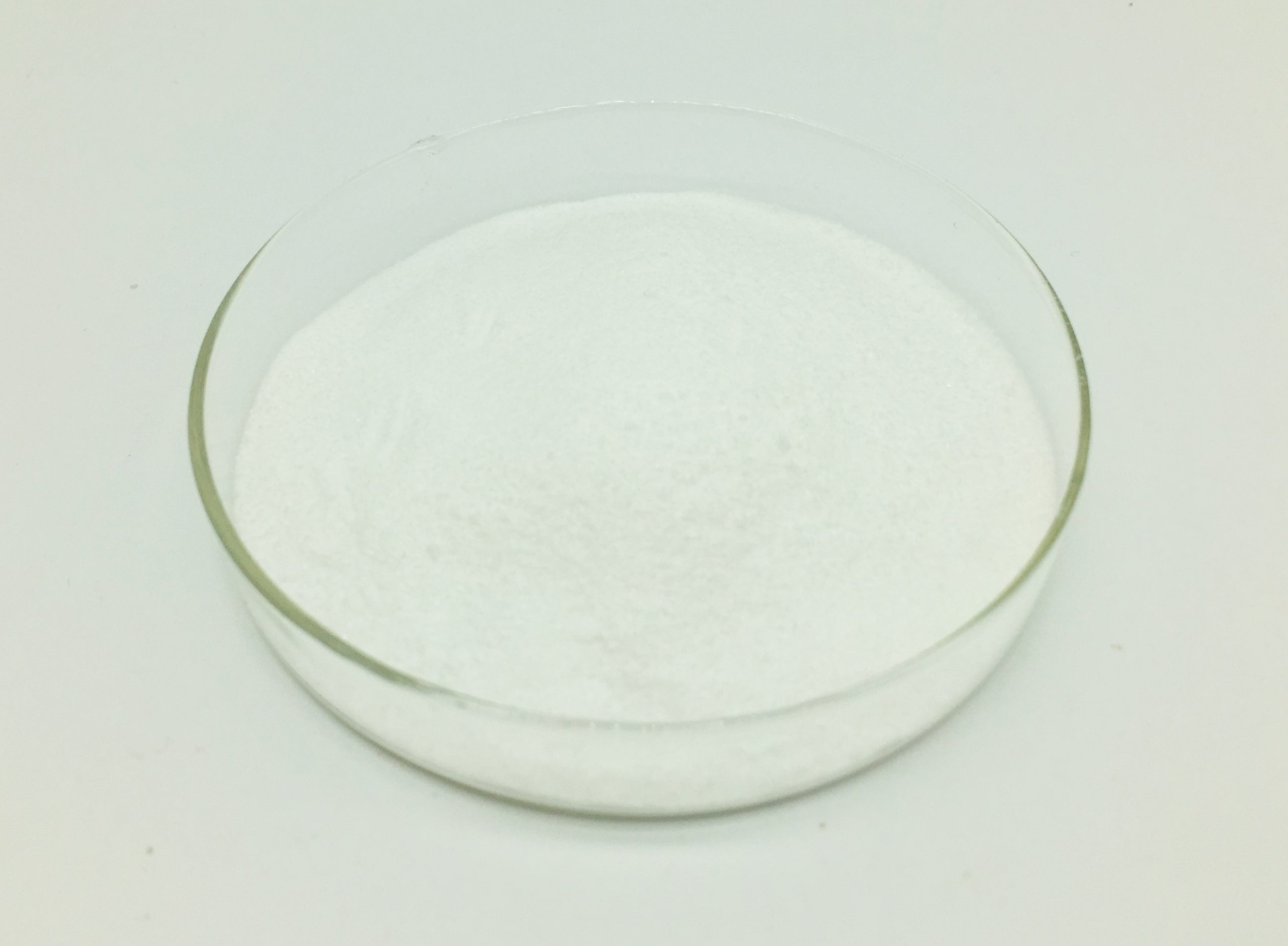Palmitoylethanolamide (PEA) is a naturally occurring lipid compound that has garnered attention for its potential therapeutic properties, particularly in managing pain and inflammation. It is a fatty acid amide that is part of the endocannabinoid system, which plays a role in modulating various physiological processes. Below, I’ll outline the general materials and methods for studying and working with Palmitoylethanolamide.
Materials of Palmitoylethanolamide:
Palmitoylethanolamide (PEA): You will need a source of pure Palmitoylethanolamide. Palmitoylethanolamide is available in various forms, such as capsules, powder, or in a pure chemical form. Ensure that it’s of high quality and properly stored.
Solvents: Common solvents used for Palmitoylethanolamide include ethanol (for dissolving Palmitoylethanolamide for experiments) and, in some cases, oils or lipids if you are formulating Palmitoylethanolamide for oral administration.
Laboratory Equipment: This includes glassware (flasks, beakers, pipettes, etc.), a laboratory scale for accurate measurements, a pH meter, and equipment for mixing and stirring solutions.

Methods of Palmitoylethanolamide:
Preparation of Stock Solutions: Dissolve the appropriate amount of Palmitoylethanolamide in a suitable solvent (usually ethanol) to create a stock solution. The concentration will depend on the specific experiment or application you are working on.
Dosing and Administration: Depending on your study or therapeutic application, you will need to determine the appropriate dosage of Palmitoylethanolamide. This could involve oral administration (e.g., in the form of capsules or a suspension), topical application, or other routes as needed.
Animal Studies: If you are conducting animal studies, you will need to establish the appropriate animal model, determine dosing regimens, and administer Palmitoylethanolamide to the animals in a controlled manner. Ethical considerations and compliance with relevant regulations are crucial.
Cell Culture Studies: For in vitro experiments, you can add the Palmitoylethanolamide stock solution to cell culture media at the desired concentration. Ensure that the Palmitoylethanolamide is properly dissolved and sterile.
Analytical Methods: To monitor Palmitoylethanolamide levels or effects, you may need to develop or employ analytical methods, such as high-performance liquid chromatography (HPLC) or mass spectrometry, to quantify Palmitoylethanolamide concentration in samples. Enzyme-linked immunosorbent assays (ELISAs) can also be used for specific assays.
Data Collection and Analysis: Record data related to the efficacy of Palmitoylethanolamide, whether it’s for pain relief, inflammation reduction, or any other desired outcome. Statistical analysis may be necessary to determine the significance of the results.
Safety Precautions: Always follow safety protocols when working with Palmitoylethanolamide and other chemicals. Use appropriate personal protective equipment and handle Palmitoylethanolamide in a well-ventilated area.
Regulatory Compliance: If you are conducting research involving Palmitoylethanolamide for clinical or therapeutic purposes, be aware of and comply with regulatory requirements for drug development and clinical trials in your region.

It’s important to note that research and experimentation involving Palmitoylethanolamide should be conducted following ethical and legal guidelines, and any clinical applications should be developed in consultation with healthcare professionals and regulatory authorities. Additionally, consider the specific requirements of your study or application when planning your materials and methods.
